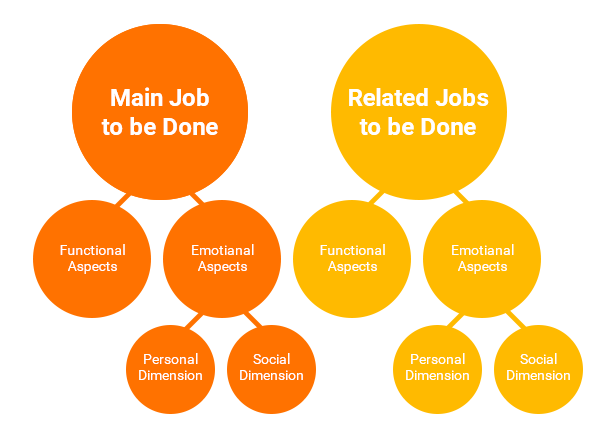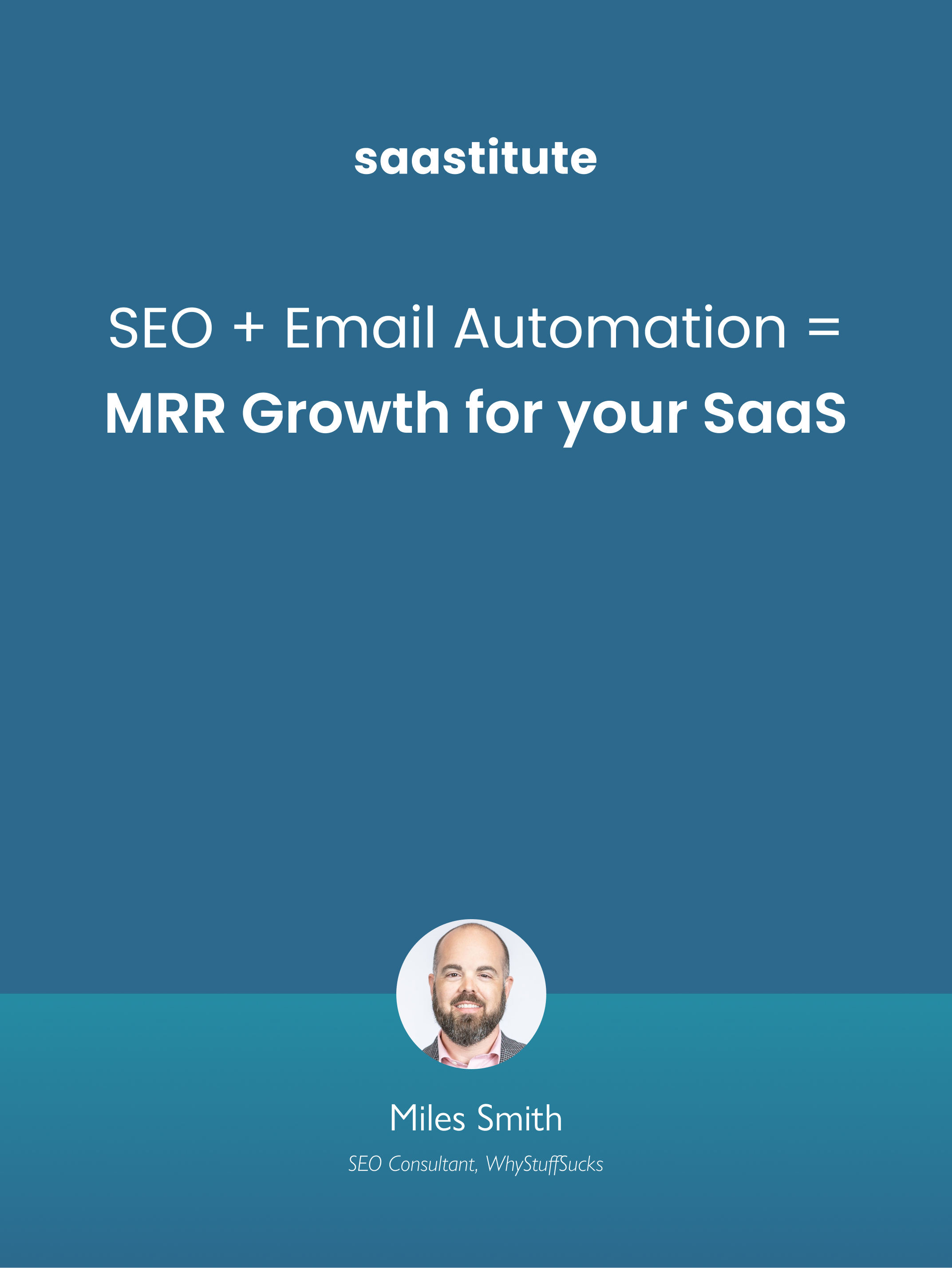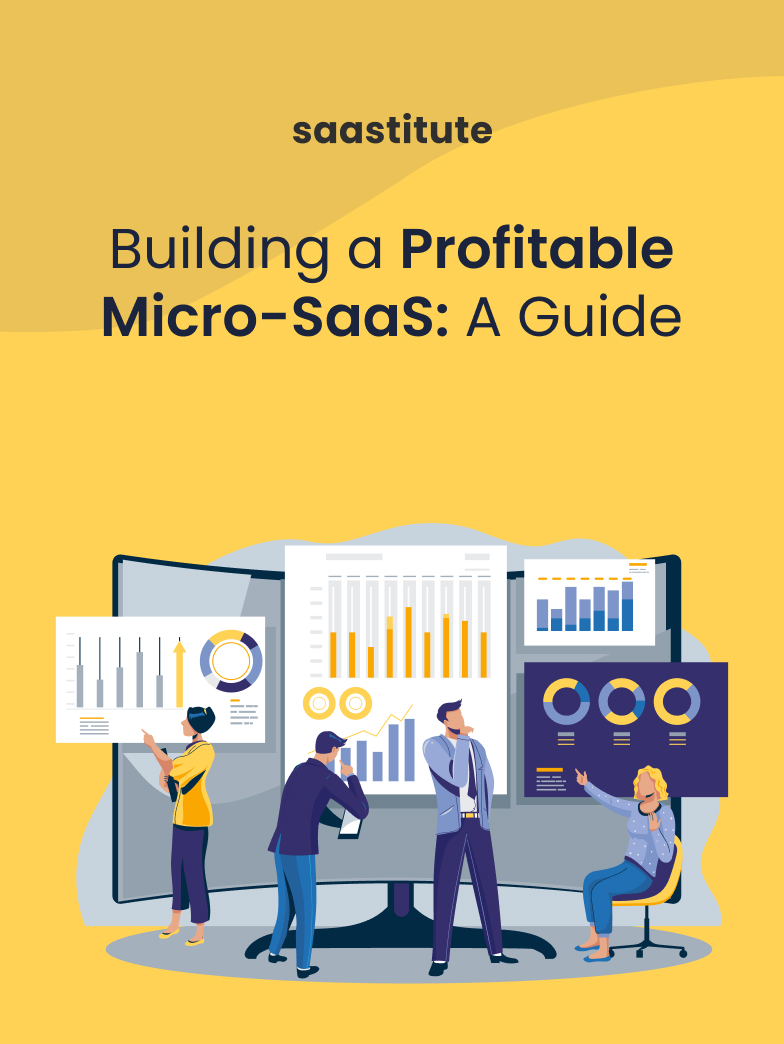Upscaling your SaaS Business: 5 Gospels to Swear By
Upscaling a SaaS business needs efficient strategies and rapid implementations. Here are the top 5 tips to help you grow your SaaS business, coming straight from a founder herself - Mausmi Ambastha

As more and more companies join the unicorn rush, one thing is clear - India’s next big tech boom is led by SaaS, and innovation seems to be a top priority.
While the movement has been brimming under the surface for years, the subscription model gained its newfound popularity during the pandemic. Industry reports were telling us that despite the global economy crumbling under the weight of worldwide lockdowns, SaaS companies of all shapes and sizes continued to grow.
The shift is monumental because something is happening to the table that rests at the top of the pyramid. Big tech has ruled the table for decades, but that is changing with young startups entering the market and driving investor interests in ways seen never before.
But as the market gets flooded with new players and great business ideas, the companies that see it through the tunnel need to move ahead with a solution-oriented blueprint for the challenges that come ahead.
I, for one, started thinking about this in more detail while I was on a break after we sold our last startup in 2019, called Threadsol - a SaaS-based enterprise business solution for fashion manufacturers and brands. Five years of nurturing that business helped me realize how important it is to approach customers in the unique capacity that your business demands.
I now run a company we call ZapScale. A SaaS solution to cater to the one problem I felt was a huge roadblock for many young businesses looking to grow - managing customer success. We also quickly adapted to the learnings we had and moved towards adopting a freebie, PLG approach where our revenues were more evenly distributed amongst our customer base.
And this is why I feel it's important to identify the challenges you face early in your journey. Because the entry and exit barriers are low in most SaaS products. This means that starting a business is not the hardest part, but upscaling and growing your business is. And so it’s true that the process of identifying these unique building blocks may look different for different companies, here are a few gospels I like to swear by.
High-Growth SaaS Startups - 5 Gospels to Swear By
As a SaaS Start-up founder, my life is filled with challenges every day. These are the five that I feel will create the difference between becoming a unicorn or a sweetcorn!
Gospel 1: “Beseech Thee to Know: Product is Everything”
Your product must solve a key pain point for a defined customer segment. That’s a table stake kind of a sentence. But beyond that, your product should be integrated with all other motions of your organization - Sales, marketing, customer success, support, billing, etc.
The lower ACV software requires higher automation of the above processes but as you go higher in the ACV ladder some amount of people interactions are expected.
But for all the SaaS companies the holy grail is to achieve a complete PLG or product-led growth strategy where all interactions with the customers are simple, automated, and led by your product.
This means you have to create flywheels for all your business processes within your product. Free or freemium access to software replaces sales demos. Automated guided onboarding replaces implementation, credit card-based online billing, and online payment reminders replace finance communication and reminders. Nudges for upselling within product feature access replace upsell motions. Contextual help, extensive documentation, and automated chat windows replace support channels.
Planning and executing a seamless experience for your users is one of the things that keeps me up at night.
Hubspot, Notion, Slack, Calendly, and many others have done this job beautifully in creating a seamless experience for the users.
Read later: Bottom Up SaaS: The Go-To Model for Businesses
Gospel 2: “To know Thy Customer, Is To Know Thy Business”
This seems like a simple one, right? User Persona, Buyer Personas, ICP - are all common ways to get to chart out who your product is serving. So you talk to a few customers, ask a few questions, and voila you got it! But as a SaaS startup looking to upscale, that’s not enough.
While this is a good start, in reality, this is a very complicated question and requires much deeper analysis than just a quick survey.
My way of thinking is to first focus on the JTBD structure. What are the “jobs to be done” that my product solves for? This generally follows the following structure.
1. When
(Situation)
2. I want to
(Motivation)
3. So I can
(Expected Outcome)

Here’s an example of using this framework to improve your retention processes:
When: A customer is not satisfied
I want to: Be notified of the root cause
So I can: Prevent the churn.
Once this is identified then the next step is to identify the core users, influencers, decision-makers, buyers, and companies for whom these problems are most important for their personal and professional growth.
Now we are ready to go deeper in defining and understanding more about the demographic, psychographic, personal, social, and financial motivations of these companies and individuals. There needs to be a constant effort in refining your ICP by studying your best customers and power users in the journey.
This is one of the most important and least understood areas of SaaS but one that can make or break your business.
Gospel 3: “To Up-scale Is to Survive, but to Survive Is to Retain Thy Customers”
If you spend $600 to acquire a customer and say you charge $100 per month then it takes 6 months to just recover the acquisition cost and only if the customer stays longer is when you start making money from that customer.
In a traditional business, a customer would have paid say $5000 upfront to use the product and is unlikely to leave quickly. You would have made money on day 1.
There are of course a lot of other costs to consider like running the business and product development etc. So on a larger scale, a customer must stay longer for you to be able to make profits from each individual customer.
If a customer leaves early you would have made a loss not only in monetary terms but also in terms of time and effort that goes into acquiring the customer.
Churn becomes the key metric here to control and reduce and should not be taken lightly.
There are a lot of standard formulas and metrics to be able to track and monitor this.
CAC- customer acquisition cost. ( Say $600)
LTV- lifetime value of the customer. ( Say 1 year in this case so $1200)
LTV/ CAC should be at least more than 3 to be able to make money. ($1200/$600 = 2 which means the business is not viable yet.)
These are standard guidelines that have been developed by various luminaries in SaaS for us to understand SaaS finance.
All of this makes retention of a customer or reduction of churn a basic need for business survival and growth.
So the notion that retention or churn is only important for a growing SaaS business, is wrong. It should become an important focus on day one. In my opinion, it is as important as acquisition.
Related: Top 5 Retention Metrics to Track for Your SaaS Business
Gospel 4: “Cash Flow Is King”
The basic premise of SaaS business is that the customer only pays a small subscription amount per month.
This means SaaS company spends all their money upfront for acquisition, product development, etc but makes money only if the customer stays long enough in the business
Let’s look at just one customer.

The negative cash-flow situation becomes further larger with the acquisition of more customers.
It's like a vicious circle. You need to show growth so that you can increase your ARR and be eligible for the next round of funding. Each new acquisition deepens the cash-flow trough and increases the chances of you running out of money.
The negative cash flow is the price you pay to fuel your growth in the SaaS business.
It's a delicate balance between growth and a negative cash-flow situation. You need to watch your cash flow like a hawk so that you get growth and not die in the process.
Gospel 5: “Time Is Supreme Currency”
The activities in a SaaS startup are very important to be timed just right. SaaS valuations apart from other things are highly dependent on the growth rate of the business. This means time is a currency and should be spent with caution.
There is a lot of discussion around understanding the stages of a SaaS startup.

David Skok explained it very well in the above diagram. If you jump too early from one stage to the other you may end up losing a lot of time and money focusing on the wrong problems. Alternatively, if you start too late you will lose valuable time and hence miss the growth rate metrics required to raise your next round.
This becomes even more important post the PMF stage. Planning and tracking every move of the business becomes the highlight of the founder's life to keep the business on the right track.
I have just scraped the surface on the above challenges and I am still working on solving these for my business at ZapScale. The challenges may feel daunting but then what is life without a challenge anyway.
Tea for The Road
Solution-oriented business practices have played a major role for SaaS companies, especially when recovering from the pandemic. And so while the rules above should form the foundation of your growth strategy, try to identify problems that seem unique to your approach.
Not only does it help you find unique solutions to unique problems, but also seasons you as an entrepreneur navigating the strange yet prosperous lands of the world of SaaS.
The world of SaaS is rapidly maturing and the ones who survive the currents will be the ones who gauage the waves while they’re still at the horizon.














.svg)


